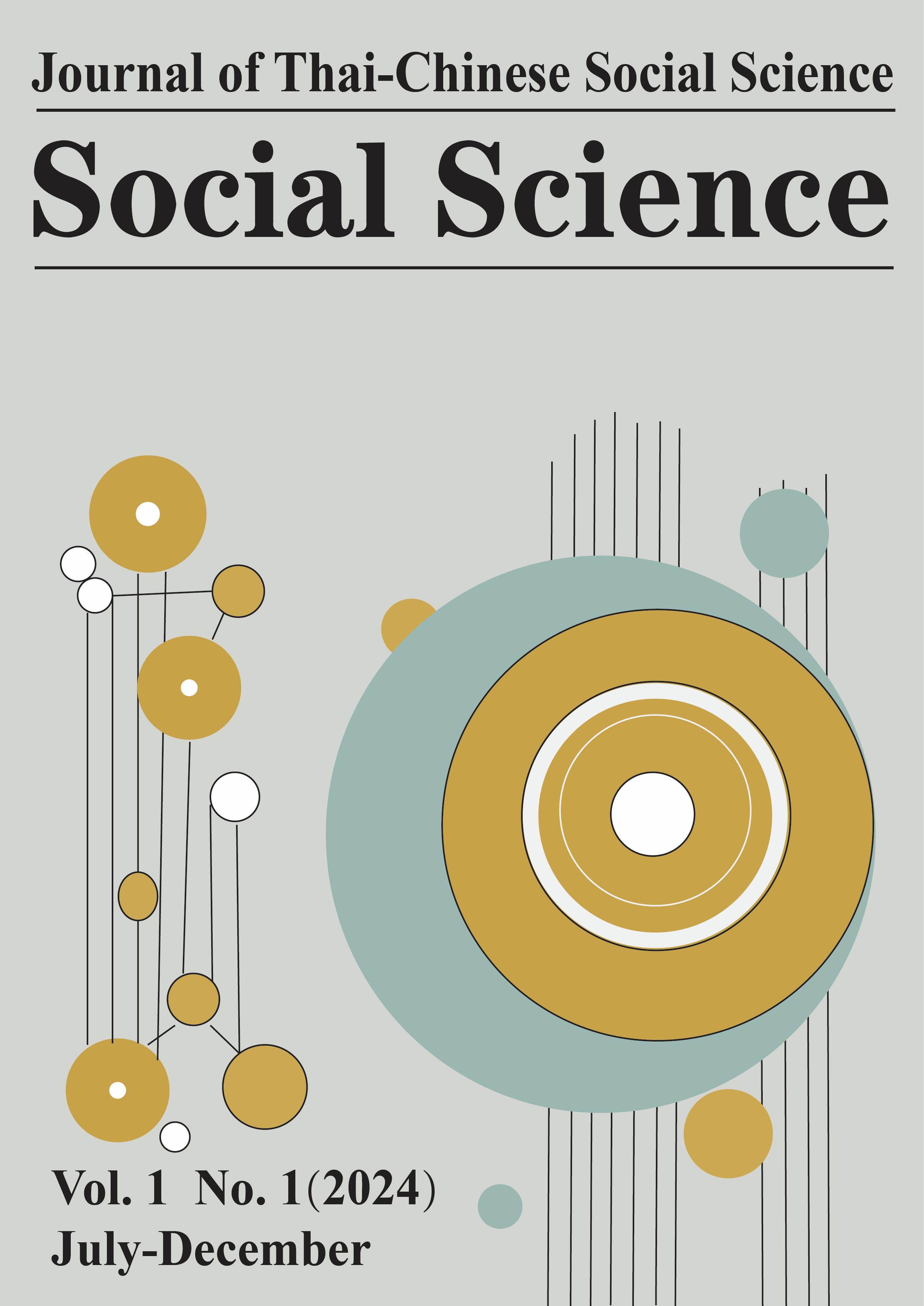Analysis of Dunhuang tourism hotspot topics based on the LDA model
Keywords:
Dunhuang tourism, online reviews, LDA model, tourist experience, cultural disseminationAbstract
Dunhuang, as a significant cultural hub along China's Silk Road, attracts numerous domestic and international tourists with its rich cultural heritage and unique natural landscapes. However, balancing the preservation of cultural heritage with the demands of tourism development, while comprehensively enhancing the quality of tourist experiences, has become a critical focus of current research. This study analyzes 5,000 valid online reviews from two major online travel platforms, Ctrip and Dianping, collected between January 2020 and October 2024. Using the Latent Dirichlet Allocation (LDA) model, the research conducts topic modeling and sentiment analysis of tourist reviews to identify the core attractions and potential issues in Dunhuang tourism. The findings reveal that cultural heritage sites, such as the Mogao Caves and their murals, and natural attractions, including Mingsha Mountain and Crescent Lake, serve as the primary draws for tourists. Key factors influencing tourist satisfaction include service quality, management effectiveness, and infrastructure convenience. In response to tourist feedback on issues such as peak-season management, insufficient tour guide services, and infrastructure limitations, this study proposes specific strategies, including optimizing reservation systems, promoting intelligent management, and leveraging digital technology in cultural dissemination. The study innovatively develops a multidimensional tourist experience analysis framework, expands the application of text mining techniques in cultural tourism research, and provides theoretical support and practical guidance for the high-quality development of Dunhuang tourism and the digital transformation of cultural dissemination.
References
安志山, 张克存, 牛清河, 谭立海, 庞营军, & 吴开东. (2016). 敦煌鸣沙山月牙泉景区高大沙丘短期动态变化特征. 干旱区研究, 33(5), 7.
常伟廷. (2023). 基于虚拟现实技术的莫高窟壁画数字交互设计. 中国电化教育(3), I0004.
樊锦诗. (2014). 守护敦煌艺术宝藏,传承人类文化遗产——敦煌研究院七十年. 敦煌研究(3), 5.
龚乃林, & 赵胜利. (2021). 基于LDA主题模型的重庆市5A级景区旅游评价研究. 统计学与应用, 10(6), 7.
郭剑英, & 王乃昂. (2004). 旅游资源的旅游价值评估——以敦煌为例. 自然资源学报, 19(6), 7.
郭晓东, 张启媛, & 李莺飞. (2015). "一带一路"沿线中小型旅游城市经济系统脆弱性研究——以敦煌市为例. 经济经纬(4), 6.
林飞娜, 刘克, & 郑萍. (2019). 基于地理信息的线上线下智慧旅游移动服务模式研究. 地理信息世界, 26(1), 5.
万红莲、石雯洁、殷若涵、毛楠、何若楠、王子梦. (2020). 甘肃省五大旅游城市的旅游经济贡献比较研究. 经济地理, 40(10), 9.
王洁洁, & 郑鹏. (2019). 国内潜在游客媒介使用行为、信任与旅游行为意图的关系研究. 旅游科学, 33(2), 14.
王伟, 周咏梅, 阳爱民, 周剑峰, & 林江豪. (2017). 一种基于LDA主题模型的评论文本情感分类方法. 数据采集与处理, 32(3), 7.
吴健, & 俞天秀. (2015). 丝绸之路中国段文化旅游展示与体验创新服务模式探讨. 敦煌研究(5), 4.
谢婉莹, 林岚, 李琼, & 高莹芳. (2021). "清新福建"旅游目的地品牌关系质量评价与实证研究. 亚热带资源与环境学报, 16(2), 84-94.
徐孝娟, & 赵泽瑞. (2022). 非遗短视频用户信息需求特征及其参与行为研究——以"黄梅戏"短视频在线评论为例. 现代情报, 42(8), 74-84.
杨强. (2009). 敦煌市经济发展分析及对策建议 甘肃农业大学].
张大钊, 李显正, 赵振斌, & 王源. (2023). 基于LDA制图分析的古镇旅游地游客商业化体验及空间结构——以大理古城为例. 经济地理, 43(8), 200-209.
张新兴, 杨志刚, & 郑永田. (2023). 基于在线评论文本的游客感知图书馆形象研究——以携程旅行网为例. 图书与情报(6), 98-107.
朱万春, & 刘松. (2021). 以现代科技支持的智慧旅游理论与实践应用研究. 科研管理, 42(6), 210-210.


